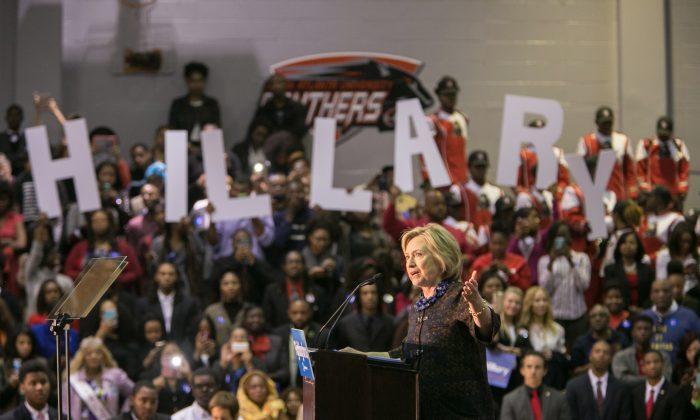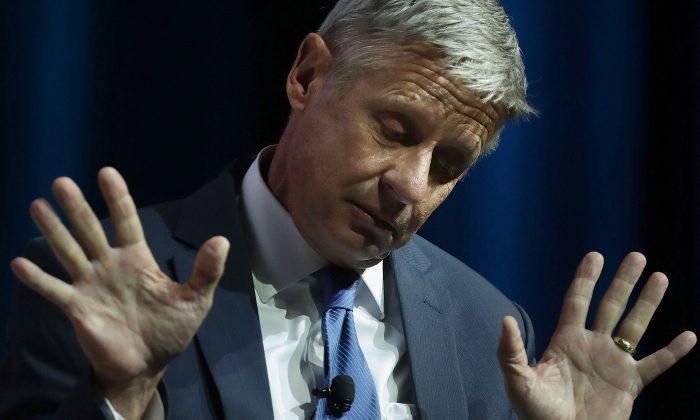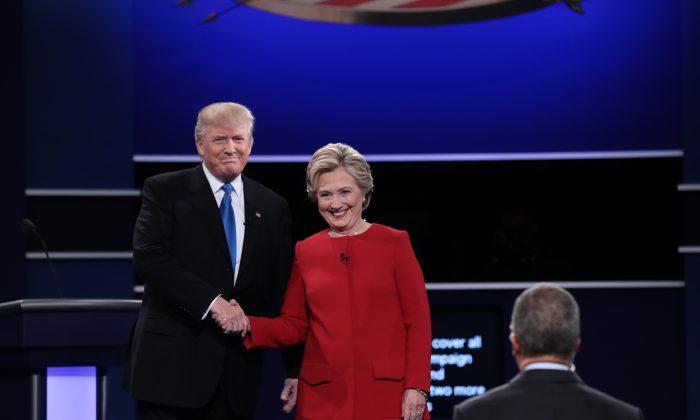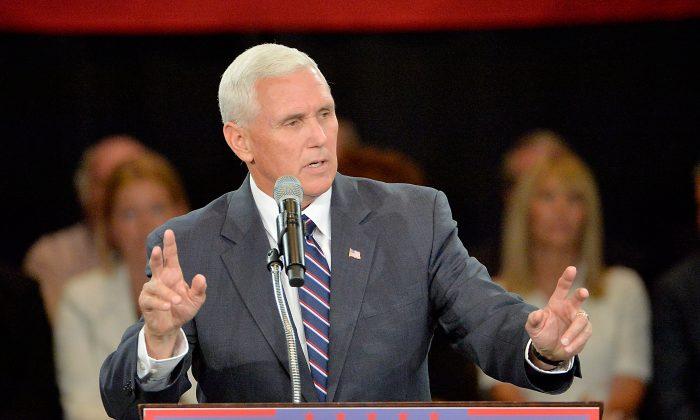The Democratic primary contest between Hillary Clinton and Bernie Sanders foreshadowed strategies and weaknesses that are playing out in her general election battle with Republican Donald Trump.
In the primaries, Clinton was surprised by unexpected defeats in Michigan and Wisconsin and a very close win in Missouri. This identified to Trump Clinton’s weakness: a lack of support among white, working-class voters, particularly those in the Rust Belt.
Another result of her primary campaign was strong support in states that have voted Republican since Richard Nixon developed his “Southern strategy” in 1968, when he reached out to conservatives in the South who had voted Democratic since Reconstruction.
In 2016, Clinton flipped that script by reaching out to moderate southern Republicans, forcing Trump onto the defensive in states that haven’t voted Democratic in a generation, thus distracting him from attacking Clinton where she’s vulnerable in the Midwest.
The southern states polling in Clinton’s favor are Virginia—which benefits from having former state governor Tim Kaine as Clinton’s running mate—and North Carolina, which either shows a tie or a slight edge for Clinton, depending on the poll.
The real test for Clinton’s Southern strategy is Georgia, which shows the candidates in a tossup. As of Aug. 29, the Real Clear Politics average shows Clinton leading by a mere 0.3 percent. The last Democratic candidate to win Georgia was Bill Clinton, who carried the state by less than a percentage point—43.47 to 42.88 percent—over George H. W. Bush in 1992.
Georgia
There are a number of factors—including demographic shifts and a third-party candidate—that have made Georgia a more contestable state for Hillary Clinton than it was for President Barack Obama, who lost there in both 2008 and 2012.
“Georgia is in play this year because the state has gotten more diverse since 2008,” said Steve Phillips, civil rights activist and author of the New York Times bestseller “Brown is the New White: How the Demographic Revolution Has Created a New American Majority,” in an email.
“People of color are a bigger share of the electorate, making the number of whites needed to get a majority smaller. Twenty-three percent of whites is enough, and that’s what Hillary gets in a number of polls.”
According to the Fox 5 Atlanta poll released on Aug. 18 by Opinion Savvy, Clinton is getting 23 percent of the white vote and conversely getting 82.2 percent of the African-American vote. Trump has an overall 0.2 percent lead—43.0 percent to 42.8 percent.
Another factor, similar to what led to Bill Clinton’s successful 1992 bid in Georgia, is the influence of a third-party candidate. In 1992, independent Ross Perot took 13 percent of the vote in Georgia, which tipped the results in Clinton’s favor.
In the Fox poll, Libertarian candidate Gary Johnson is polling at nearly 11 percent, while about 3 percent of voters are undecided. Other polls conducted since the conventions have shown similar results.
The race for Georgia is quickly becoming one of the closest in this election cycle. Both campaigns recognize this and are making a consolidated effort to spend more time and more money on the state.
Obama held a fundraiser on behalf of Clinton in early August, and her campaign sent money to invest in more advertising and campaigning in the state. On the other side, Republican vice presidential candidate Mike Pence went on tour August 29-30, with a town hall meeting in Perry and a rally in Atlanta.
Clinton’s Strategy
Clinton’s campaign strategy, beyond winning the South, is to draw Trump’s focus away from the Midwest, where he has spent a lot of time touring with his anti-free trade message and “America First” attitude towards the economy and job creation.
By amping up pressure in the South, the strategy forces Trump to play defense and allocate money and time in states a Republican wouldn’t normally have to worry about.
However, it’s unclear if that alone will be enough to win the state, and securing the votes of the Democrats flipping the state will still be a “tough battle” due to a more polarized electorate, according to David Schultz, a professor of political science at Hamline University and author of over 30 books, including “Presidential Swing States: Why Only Ten Matter,” released in 2015.
“Partisanship is more firm, [and] it’s harder to flip Republicans. Not like 20 years ago,” Schultz said.
The demographic that the Clinton campaign could make the most inroads with, according to Schultz, is the Southern suburban woman, and in Georgia that means targeting the suburbs of Atlanta.
“The place I‘d go is suburban Atlanta and Arkansas, where Bill won in ’92,” Schultz said, also naming Missouri, suburban Kansas City, and Virginia.
“Force [Trump] to defend,” he said.
Clinton’s strategy runs a risk that could affect her success throughout the country—voters choosing not to vote at all. Southern conservative voters who are unimpressed by both candidates are particularly important. A low turnout could be the tipping point in states that are as close as Georgia.
“Enthusiasm is key,” Schultz said. “If it’s a high turnout, Hillary wins. If people stay home, Trump has a chance.”
Trump’s Strategy
While there are signs that Clinton is making headway in the South, it isn’t lost yet, and Trump still has time to shore up his chances. One way is by redirecting attention away from the South and keeping up the message about the economics of the Rust Belt and Clinton.
“Make a couple sweeps of the South, but concentrate on the Midwest,” Schultz said, as a suggestion for how Trump could stymie any momentum Clinton might have in the South. He added that Trump should stick to hammering Clinton on her “credibility and likability.”
Trump’s campaign has so far been in line with Schultz’s advice, and has made sweeps in the South throughout August, going to Austin, Texas, and Jackson, Mississippi, where he focused on a message that reached out to blacks and Latinos and fended off the image that his supporters are racists.
By revisiting the Midwest and moving polls in his favor in states like Pennsylvania and Ohio, his campaign would accomplish a few things: the focus would force Clinton back to a part of the country where she struggled in the primaries and pressure her to move her focus and resources out of the South.
Currently, Trump is polling 8 percent behind Clinton in Pennsylvania, and 3 percent behind in Ohio, according to Real Clear Politics averages.




